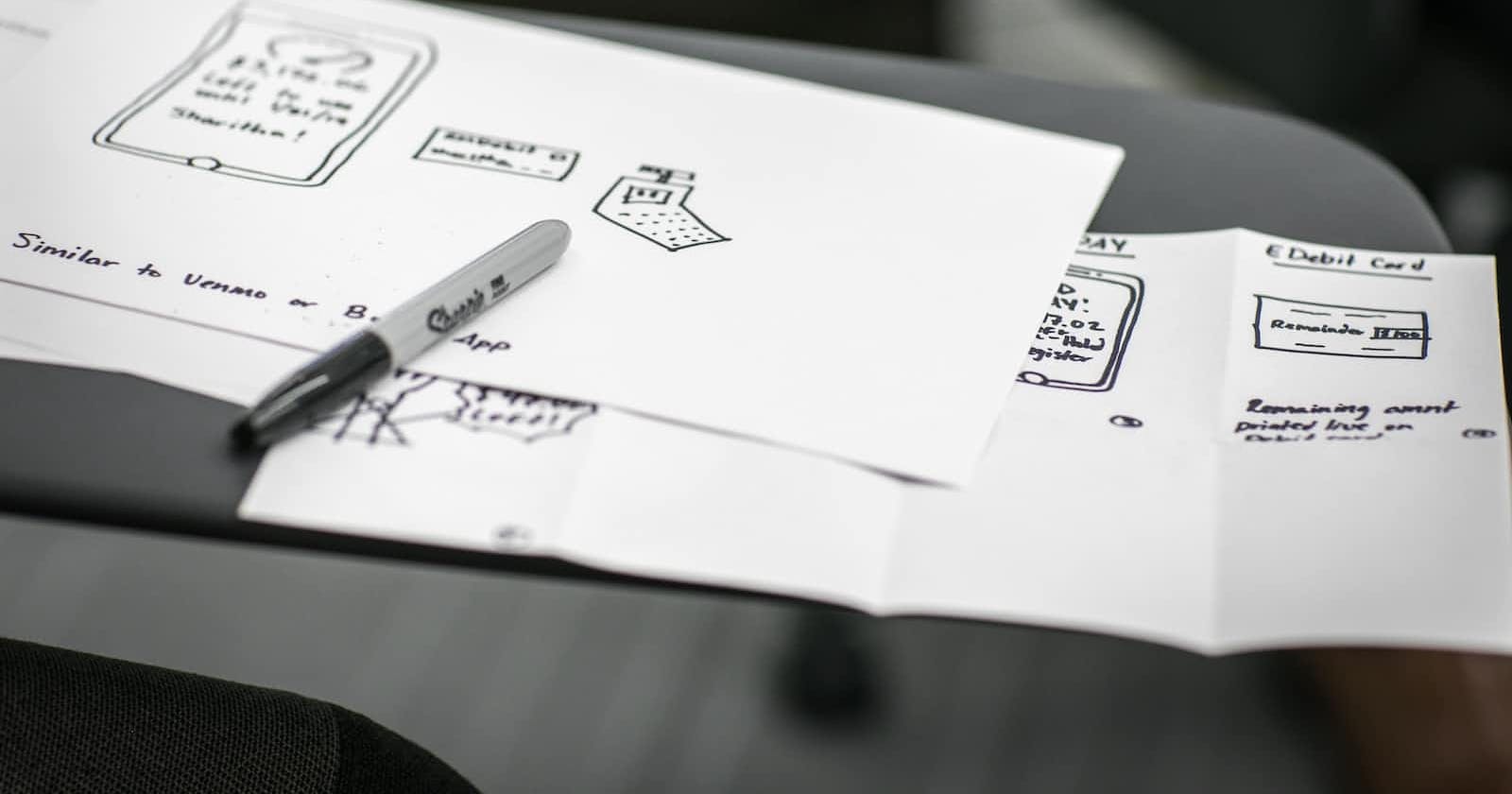
Photo by Jason Coudriet on Unsplash
From Ideation to Prototyping: Transforming Ideas into Reality
From Ideation to Prototying
Introduction
Ideation and Prototyping both hold great significance in the creative domain and in the product development journey. Ideation involves generating, refining, and exploring ideas, while prototyping brings those ideas to life through tangible representations. Together, these phases form a powerful framework for transforming abstract concepts into real-world solutions. Ideation sparks creativity and generates a pool of potential ideas, while prototyping enables testing, iteration, and validation of those ideas. By embracing ideation and prototyping, businesses and individuals can foster innovation, uncover design flaws, and ultimately deliver successful products and solutions to the market.
Ideation
It is a very pivotal phase involving innovation and creativity. By nurturing diverse perspectives and collaborative thinking, teams generate ideas that address user needs and market trends. Balancing feasibility and ambition, ideation explores both incremental and disruptive ideas. In this blog, we explore the significance of ideation as the birthplace of ground-breaking solutions.
Fostering Creativity and Collaboration
Understanding User Needs and Market Trends
Embracing Incremental and Disruptive Ideas
Balancing Feasibility and Ambition
Encouraging a Fearless Mindset
The ideation phase is the vibrant birthplace of innovation, where creativity flourishes, and ideas take shape. By fostering collaboration, understanding user needs, embracing both incremental and disruptive ideas, balancing feasibility, and encouraging a fearless mindset, teams can unlock the full potential of the ideation phase. Embrace ideation as a powerful catalyst for driving innovation and watch as it sets the stage for remarkable product development journeys.
Prototyping
Prototyping is a crucial stage in the product development process, transforming ideas into tangible realities. Through the creation of preliminary versions, prototyping allows for testing, iteration, and validation of designs. In this blog post, we explore the significance of prototyping and how it drives innovation and ensures successful product development.
Bringing ideas to life
testing and Validation
Iterative Refinement
Identifying Technical Challenges
Enhancing Stakeholder Engagement
Prototyping is a pivotal stage in product development, where ideas transition from concepts to tangible prototypes. Through testing, validation, iterative refinement, and engagement of stakeholders, prototypes ensure that products meet user needs and market demands. Embrace prototyping as a driver of innovation and success, enabling the creation of exceptional products that resonate with users.
The Bridge of Innovation
This whole journey is a cycle you ideate and then you prototype it, you find some flaws and you are back to step 1 of the journey but the sweet thing is you never go to step 0 unless you give up on it. This bridge is what supports the idea and its physical need and uses, prototyping helps you validate and refine all you had missed in the ideation phase, also provides us with a visual idea of the product which we can use to generate reviews for the refinement of the idea and this goes on and on and on and on and on.
Conclusion
The iterative nature of ideation and prototyping involves multiple cycles of refinement and improvement. Initial ideas are transformed into prototypes, which are then tested, analysed, and used to inform further iterations. This iterative approach enables learning, adaptation, and the development of a more refined and successful final product.
